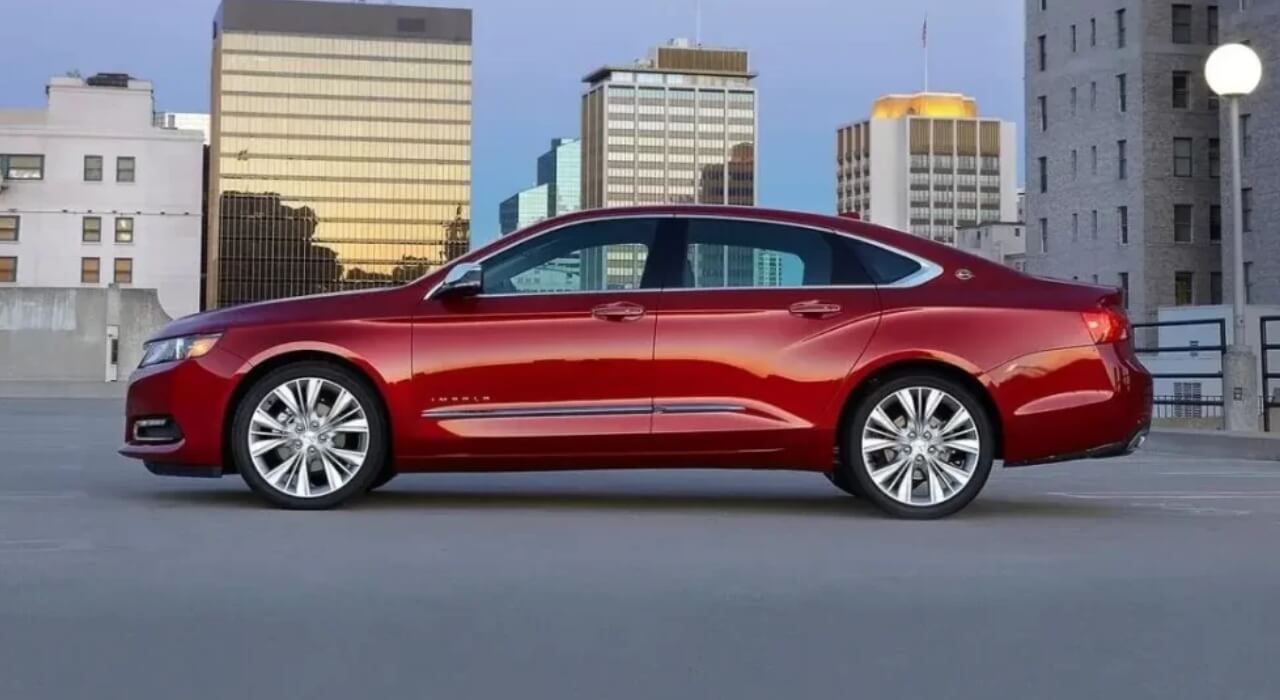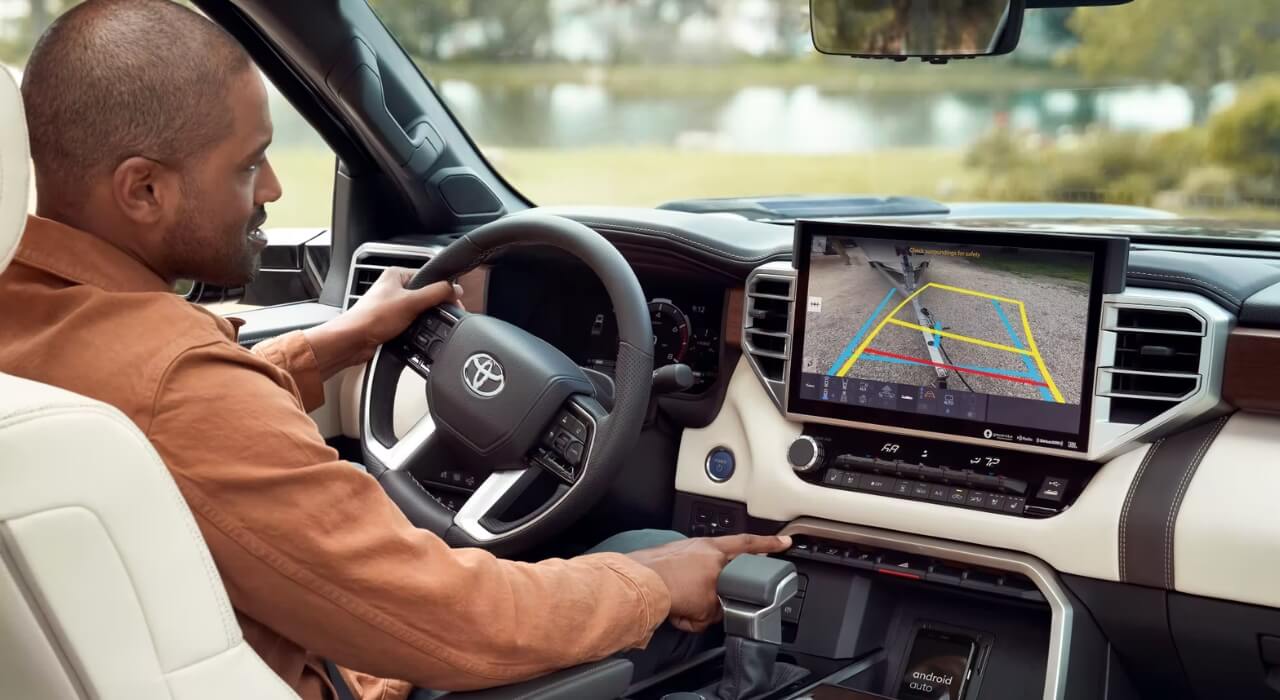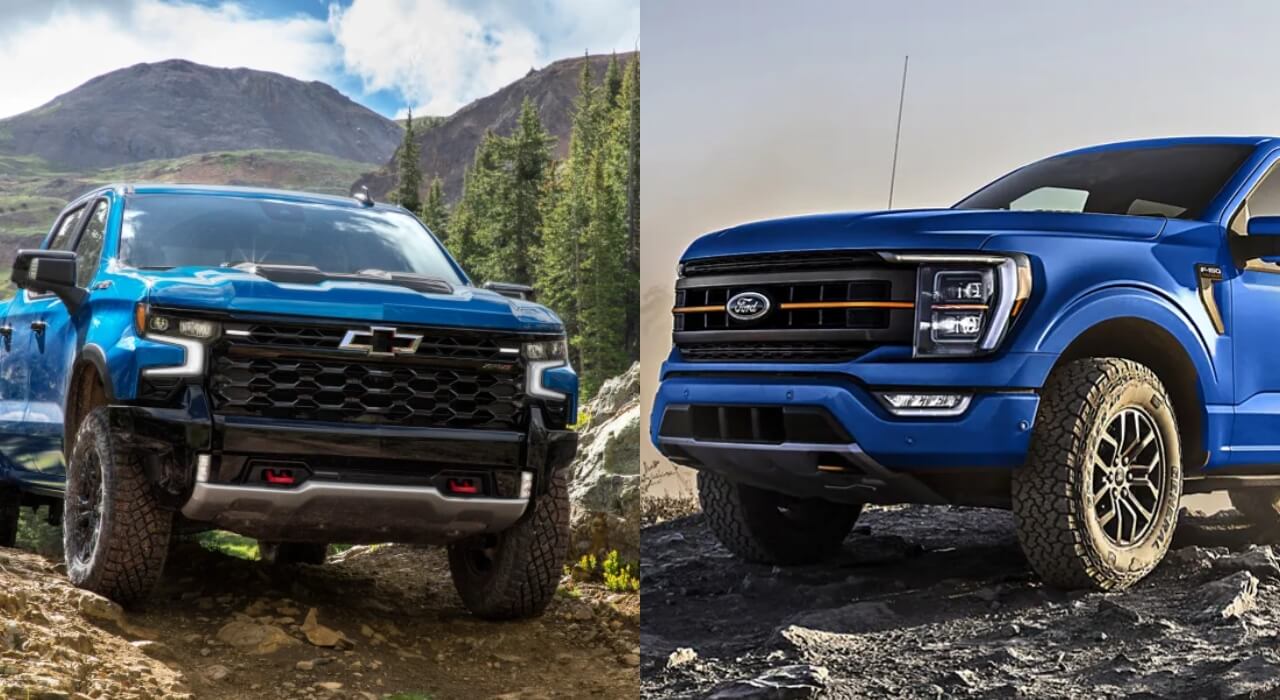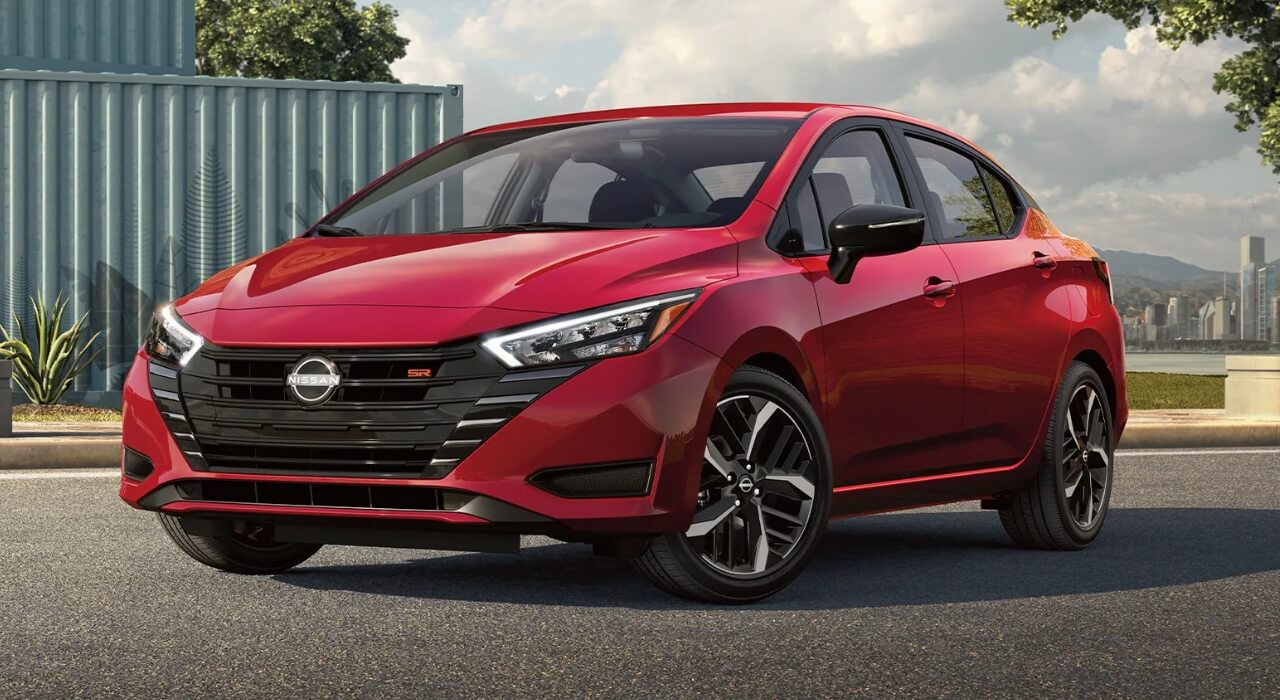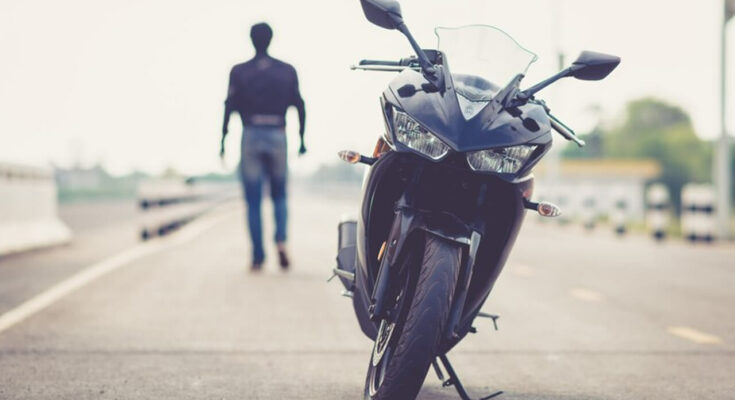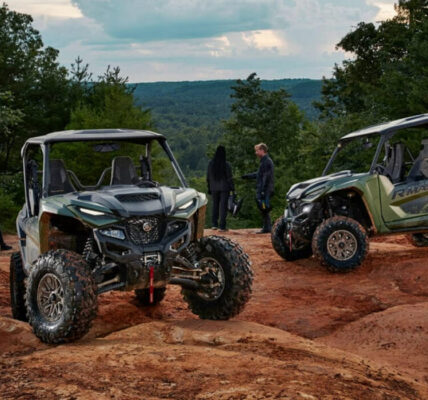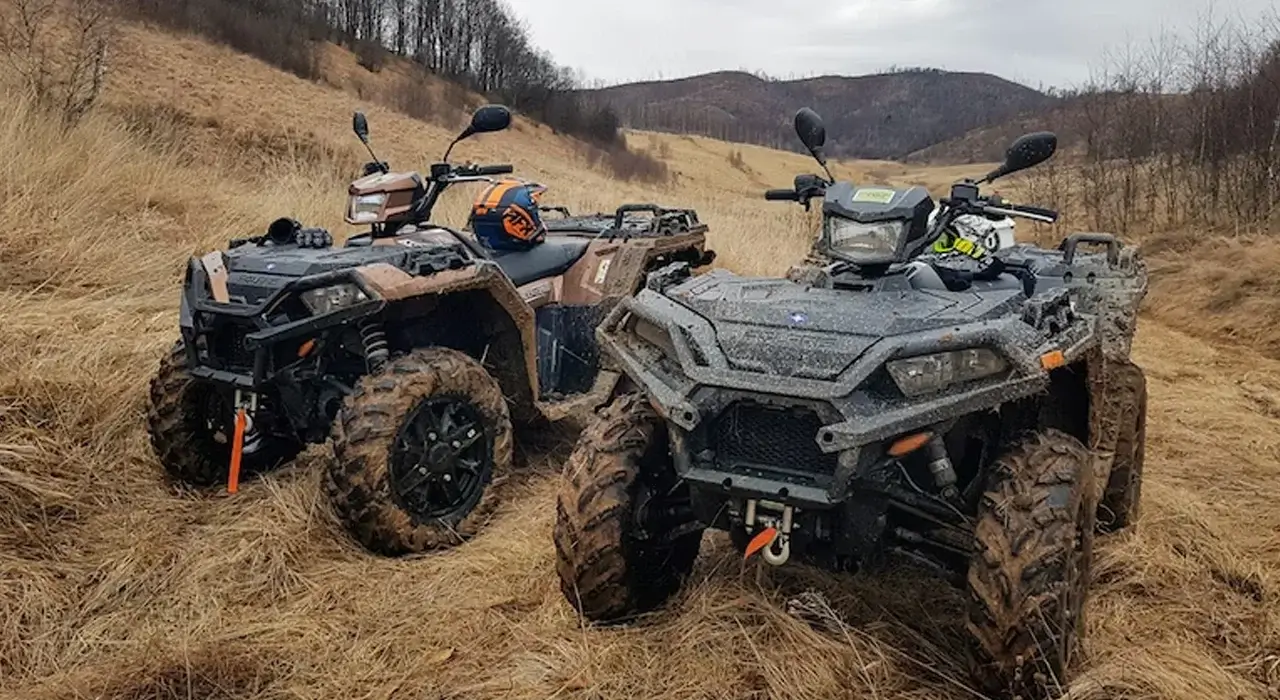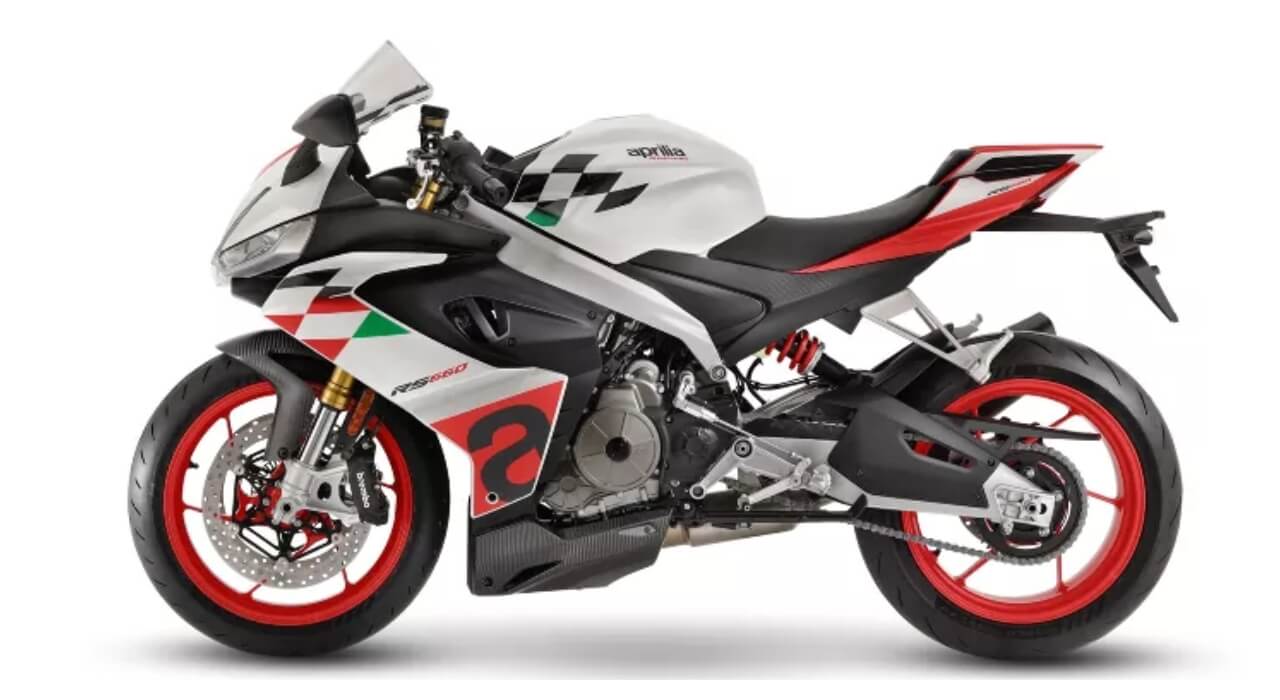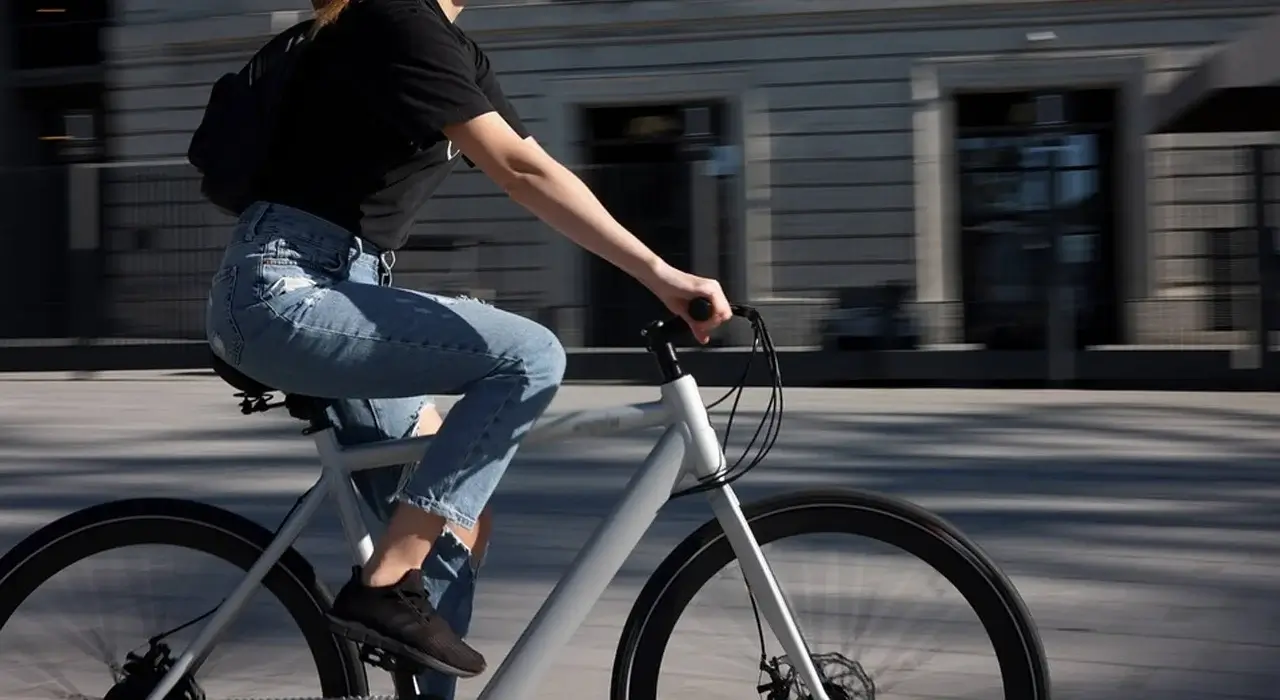For many motorcyclists, the idyllic scene of the open road is shadowed by a persistent fear – the fear of misinformation and harmful misconceptions that distort the reality of riding on two wheels. These myths can not only fuel anxiety but also lead to unsafe behavior, putting both riders and others at risk.
Remember that time you overheard someone scoff, “Motorcycle accidents? Always the rider’s fault”?
Or maybe you’ve encountered the deafening roar of a modified exhaust, accompanied by the smug belief that “loud pipes save lives.”
These are just two examples of the many myths that cling to the world of motorcycling, hindering progress and endangering lives.
This is not just about dispelling harmful stereotypes; it’s about empowering ourselves and others to ride safely and confidently.
By exposing the cracks in these asphalt myths, we can pave the way for a future where riders are respected, informed, and equipped with the tools they need to truly enjoy the freedom of the open road.
Debunking the Myth of Helmet Futility
Some people persist in viewing helmets as optional accessories for motorcycle riders, dismissing their life-saving potential with the misguided notion that they’re “useless in a serious crash.”
This persistent myth, as fragile as that paper crown, crumbles under the weight of evidence and common sense.
Statistics paint a clear picture. Helmets demonstrably reduce the risk of fatal head injuries by a staggering 67%. They’re not just shields against falling debris; they’re the difference between walking away and leaving loved ones grieving by the roadside. Imagine the heartache of an avoidable tragedy, a life extinguished simply because someone believed a dangerous myth.
Modern helmets are marvels of engineering, absorbing impact, channeling forces away from vulnerable areas, and giving your precious brain a fighting chance.
Suggestion: 2024 Hot Rod Power Tour Announcement Route Map & Schedule
But beyond statistics, there are human stories, tales of resilience and survival whispered by riders who owe their lives to this humble piece of gear. One lucky bump, one unexpected swerve, one moment of asphalt-meet-skull avoided thanks to a helmet’s unyielding protection.
Silencing the “Loud Pipes Save Lives” Myth
The rumble of a powerful engine, amplified by a modified exhaust, can certainly turn heads. But amidst the intoxicating allure of this mechanical roar lurks a persistent and dangerous myth: “Loud pipes save lives.”
Sadly, the reality painted by statistics and experience exposes the hollowness of this myth, revealing the potential harms that outweigh any perceived safety benefit.
Research shatters the illusion of loud pipes alerting drivers. Studies show minimal if any, impact of exhaust noise on driver attentiveness. The human ear isn’t wired to prioritize or even easily locate the source of loud engine noise, often lost within the cacophony of city traffic.
The startling effect of sudden loudness can even startle drivers, leading to unpredictable reactions and potentially increasing the risk of accidents.
Beyond the dubious safety claims, modified exhausts pose environmental and social concerns.
Excessive noise pollution contributes to noise fatigue, disrupts communities, and harms wildlife.
Additionally, the aggressive roar associated with loud pipes can fuel negative stereotypes about motorcyclists, further deepening the divide between riders and other road users.
Instead of seeking safety in ear-splitting decibels, responsible riders prioritize visibility and predictability. Brightly colored gear, reflective accents, and proper headlight usage make riders truly seen, not just heard.
Also Check: Double Cab Vs Crew Cab – Which Pickup Is Best For You In 2024?
Proactive riding techniques, like maintaining lane position, signaling clearly, and anticipating potential hazards, are far more effective in promoting safe interactions with other vehicles.
Why Skill Alone Isn’t Enough
Skill is a powerful tool. It allows you to react with precision, navigate tight corners with grace, and anticipate potential hazards before they materialize.
Remember that time you encountered a reckless driver, one swerving lane in an instant of distraction? Or the treacherous patch of black ice hidden beneath a blanket of fallen leaves?
These unexpected occurrences are reminders that skill alone isn’t enough. It’s a necessary but insufficient ingredient in the recipe for safe riding.
True safety demands a holistic approach. It requires constant vigilance, scanning the road ahead for potential dangers, anticipating the moves of other vehicles, and maintaining a healthy dose of respect for the inherent risks of riding on two wheels.
It means prioritizing defensive riding techniques, leaving ample space, avoiding unnecessary risks, and always preparing for the unexpected.
Dismantling the Myth of Motorcycle Culpability
Accidents are complex events, rarely black-and-white narratives of right and wrong. The Los Angeles motorcycle accident lawyers at PSBR mention that while rider error certainly plays a role in some cases, attributing every accident solely to motorcycles is not only inaccurate but also dangerous.
Statistics paint a more nuanced picture, revealing a significant portion of motorcycle accidents are caused by driver negligence, distracted driving, and inadequate infrastructure.
Think of the countless reports of drivers changing lanes without checking their blind spots, drunk drivers weaving recklessly, or speeding vehicles ignoring traffic signals.
These realities illustrate the shared responsibility on the road, where rider skill and vigilance can be tragically undermined by the careless actions of others. Blaming the victim, in this case, the motorcyclist, not only ignores these contributing factors but also hinders progress towards building a safer environment for all.
Furthermore, the myth of motorcycle culpability fuels negative stereotypes, painting riders as reckless daredevils or irresponsible risk-takers.
Suggestion: 2024 Dodge Charger Or Dodge Challenger – Which Is Best?
This prejudice contributes to discrimination, influencing insurance rates, police profiling, and public perception. It creates a hostile environment for responsible riders, making them feel judged and ostracized for simply enjoying the freedom of the open road.
Your Toolkit for Navigating the Open Road with Confidence
Every responsible rider knows – safety is the melody that keeps the symphony of the open road in harmony.
In this section, we’ll equip you with the essential gear, defensive tactics, and strategic awareness to navigate the road with confidence, leaving the whispers of fear behind and embracing the joy of a safe and fulfilling ride.
Fortifying Your Arsenal
- The Armored Shell: Invest in quality, well-fitting gear. A helmet is your non-negotiable shield, choose one that meets safety standards and hugs your head like a trusted friend. Abrasion-resistant clothing, sturdy gloves, and protective footwear complete your defensive armor, transforming you into a guardian of your well-being.
- Visibility Matters: Don’t be a stealthy rider. Opt for bright colors, reflective accents, and high-powered headlights, especially in low-light conditions. Make yourself seen, be the beacon in the traffic flow, ensuring you’re not just heard, but truly noticed.
- The Silent Guardian: Your bike, too, deserves attention. Regularly check tire pressure, brakes, and lights. A well-maintained machine is a silent guardian, responding smoothly to your commands and minimizing the risk of unexpected malfunctions.
Mastering the Defensive Dance:
- Predictability is Key: Avoid erratic movements. Signal your intentions clearly, maintain your lane position, and resist the urge to weave or swerve. Be the steady note in the traffic symphony, offering other drivers a clear understanding of your path.
- Leave Room for Error: Remember, you’re not alone on the stage. Assume everyone else might make mistakes. Leave ample space between vehicles, anticipate the unexpected, and give yourself room to react to sudden changes in the traffic flow.
- Scan, Anticipate, React: Don’t be a tunnel-vision rider. Constantly scan the road ahead, your mirrors, and your blind spots. Anticipate potential hazards, like distracted drivers, merging vehicles, or hidden road imperfections. Be prepared to react swiftly and calmly, transforming potentially dangerous situations into mere bumps in the road.
Remember, the open road is not a battleground, but a shared stage. By equipping yourself with the right gear, practicing defensive riding techniques, and maintaining constant awareness, you become not just a performer, but the conductor of your safety.
You can silence the whispers of fear, harmonize with the other road users, and create a beautiful symphony of respect, responsibility, and the unadulterated joy of riding – a melody that echoes long after the engine hums to a stop.
So, buckle up, or rather, strap on your helmet, and embark on your journey with confidence, knowing you’re armed with the knowledge and tools to navigate the open road with grace and safety.







